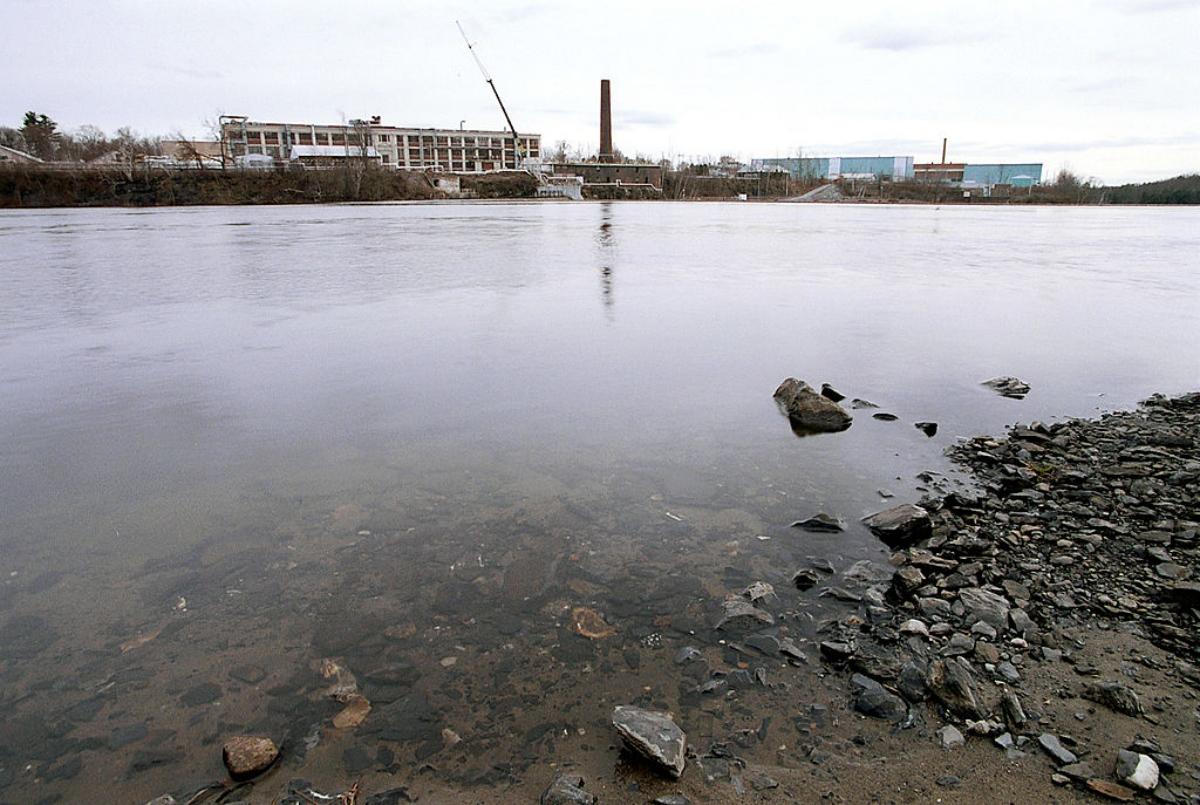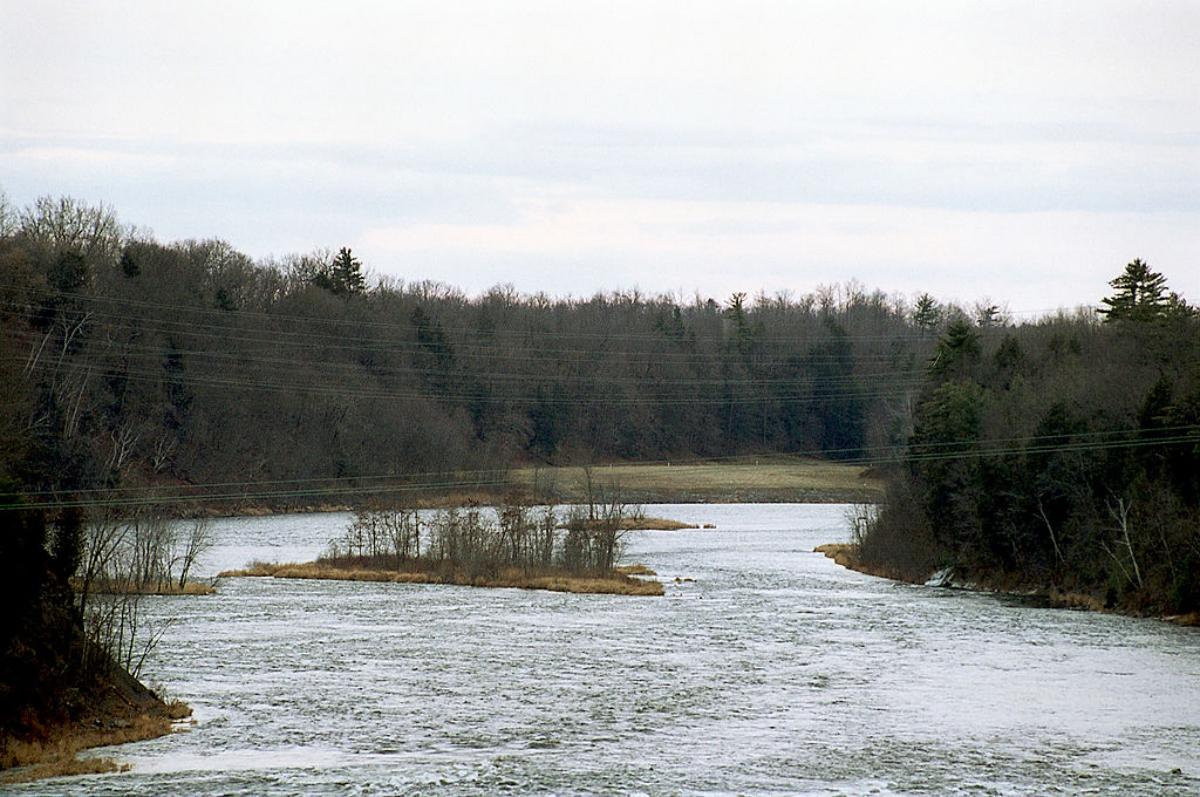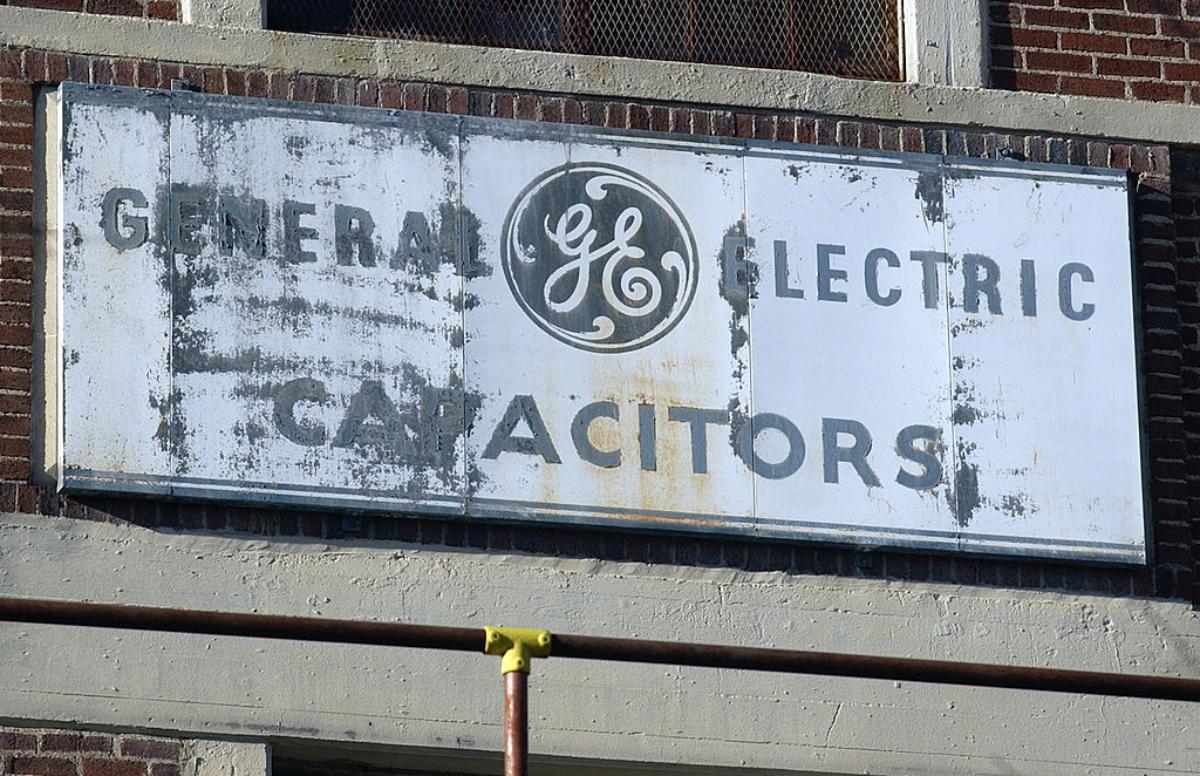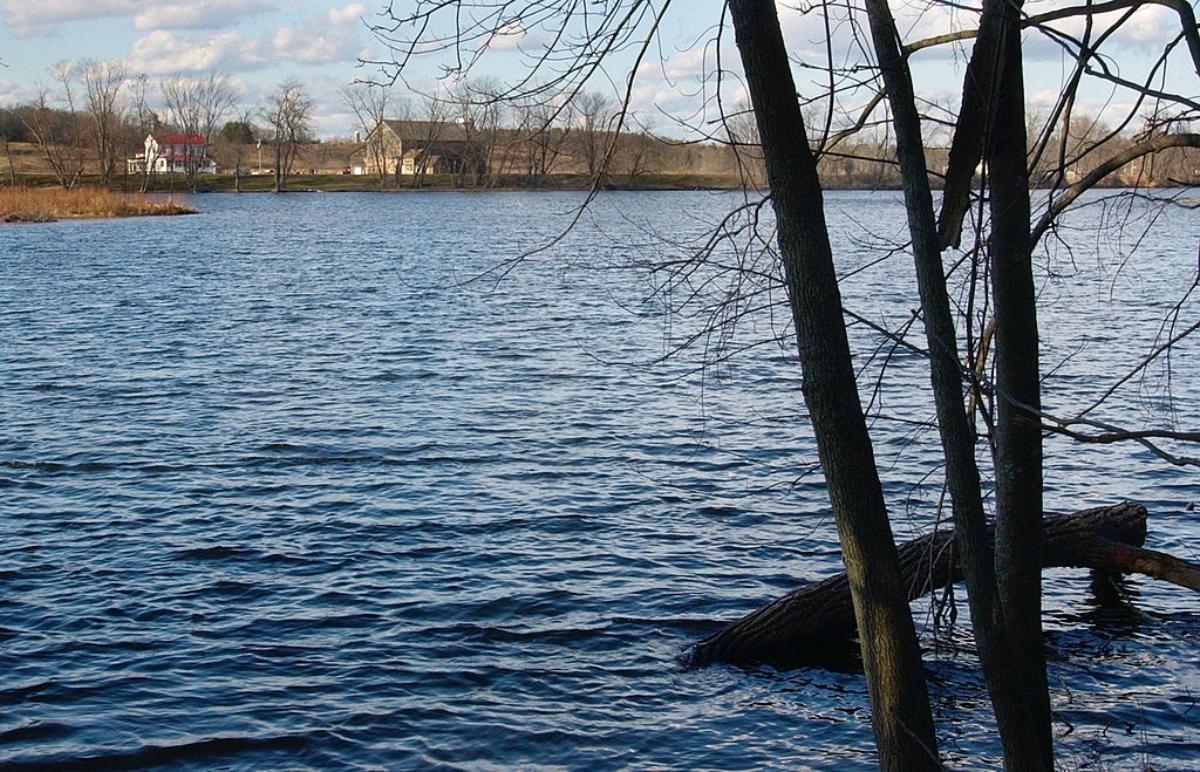New York's Hudson River Has a Long History of Pollution
Published May 16 2023, 10:43 a.m. ET

Former GE plant along the Hudson River, as it looked in 2000. The Hudson River still suffers effects of pollution after decades of cleanup.
One of the most massive periods of pollution in American history was the three decades when General Electric dumped toxic substances into the Hudson River. According to the Environmental Protection Agency, a 200-mile stretch of the Hudson River is classified as a superfund site, meaning the EPA can require its cleanup.
Although the Hudson isn't among the five most polluted rivers in the world, it represents a huge failure of humanity to protect the environment. It sits among other polluted rivers in the U.S. like the Ohio River and the Mississippi River.
So how did the Hudson River become so polluted? Here's a look at the Hudson River's history of pollution and what's being done about it.

Here's how Hudson River pollution happened in the first place.
The Hudson River is 315 miles in length, per the EPA. The reason this valuable U.S. waterway became contaminated was the polychlorinated biphenyls, or PCBs, that were dumped into the river between 1947 and 1977. Though useful as a fire preventive and insulator when manufacturing electrical devices, PCBs were banned in 1977.
During the 30-year period when PCBs were used, two General Electric (GE) plants that manufactured capacitors discharged large amounts of PCBs into the Hudson River. Those two GE plants were located in Fort Edward and Hudson Falls, N.Y.

What's the danger of PCBs?
PCBs are largely harmful because they bioaccumulate, or build up within the environment. As they move up the food chain, PCBs actually increase in concentration, and humans mainly suffer the consequences if they eat contaminated fish. As the EPA notes, PCBs carry a risk of multiple adverse health effects: low birth weight, thyroid disease, immune system disorders, and problems with learning and memory. They are also considered likely carcinogens.
Here's what authorities have done to clean up the Hudson River.
Beginning in 1976, New York State closed numerous fisheries and restricted consumption of fish caught in the Hudson. Then in 1984, a 200-mile stretch of the river was placed on the EPA's National Priorities List of most hazardous waste sites. The state of New York and the federal government monitored the river and its wildlife, air quality, and water quality.
In 2002, the EPA called for environmental dredging of about 2.65 million cubic yards of PCB-contaminated sediment from a 40-mile section of the Hudson River. GE was legally required to conduct the cleanup phases, with the oversight of the EPA. Now, since completion of the dredging, the EPA has been monitoring the river's natural recovery.
The EPA monitors fish, habitat, water column, sediment, and river caps to assess levels of PCBs still remaining. Every five years, the EPA makes its reviews of the progress of river recovery.

How much is the financial damage of the Hudson River pollution by PCBs?
According to a 2022 report by Scenic Hudson, the potential cost of harm to the Hudson River's natural resources is $11.4 billion. In addition, that report recommends additional dredging of the Upper Hudson River to prevent further potential damage to the area's natural resources, which would cost an estimated $10.7 billion.
Dagmar Schmidt Etkin, Ph.D., principal of Environmental Research Consulting and an author on the report, said, "GE’s contamination has caused 70 years of harm, that is expected to last another 50 years or more into the future."
The Hudson River pollution harms people of the area in a number of ways, particularly among certain populations. Aaron Mair, Director of the Forever Adirondacks Campaign, noted that it's common for lower-income individuals and immigrants to depend on the Hudson River to feed their families. "The longer we delay PCB clean up, the more we are harming our low-income Black Indigenous and People of Color communities,” he stated, as per Scenic Hudson.